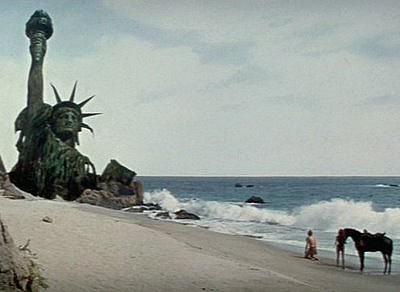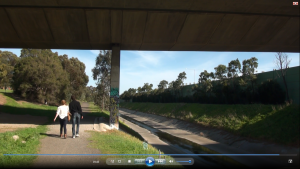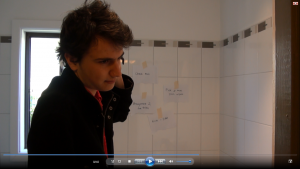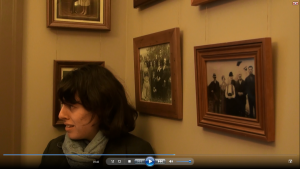The first reading I started with was Justin Wyatt’s A Critical Redefinition: The Concept of High Concept. The reading opened with a discussion of the classic 1978 musical Grease, which for me was a good sign of a promising reading. As it went on to compare the critically-canned but wildly popular Grease with the critical success but commercial failure of the 1979 musical All That Jazz, I was expecting a high concept to be defined as something similar to high culture, the difference between high and low culture being something we discussed way back in week one. However, as the reading points out with the following quote from Richard Shickel, high concept is almost the opposite of high culture: “What the phrase really means is that the concept is so low it can be summarized and sold on the basis of a single sentence.”
Wyatt’s discussion of what this means for popular cinema is fascinating. He describes how the high concept film is not only a part of popular cinema through its attempts to market and gain popularity for the film (the concept is itself the ‘pitch’ to the audience), but also in terms of how it plays on stardom (“Clint Eastwood stars in . . .”) and repetition and variation (“It’s Titanic meets Star Wars!”)
I then moved on to Ethan Alter’s chapter on Jaws in Film Firsts. He starts by discussing the logistics of the production of Jaws, discussing how technical and location difficulties lead not only to the shoot taking three times as long as expected, but also lead to Jaws himself – the huge mechanical shark that stars in the film – featuring less often due to the sheer effort required to operate him. Funnily enough, Alter contends, this concession on the film-makers’ part was actually a happy accident, as the infrequency of Jaws’ appearances on screen creates the sense of suspense that makes the film so enjoyable.
This sense of suspense seemed to extend to the film’s marketing as well. According to Alter, the tripled production time created a big lead-up to the film’s release that allowed the distributors time to construct a monster marketing campaign (from unheard-of amounts of money on TV advertising to extensive merchandising), and allowed audiences to get excited about the film and read the book.
The last reading was Noel King’s New Hollywood. King started by harking back to our topic of week eight, the new Hollywood style. He described the way in which America adopted art house cinema and, to a degree, turned its back on traditional narrative conventions. However, King also points out (in a way that is particularly relevant to the popular cinema concept of repetition and variation) the way in which even new Hollywood art house films contained references to other films, particularly stylistic and aesthetic references to European art house films.
King then goes on to also discuss the concept of high concept cinema, even quoting Wyatt in his analysis of Grease and All That Jazz. He contextualises it in the era of the blockbuster; in the ’70s and ’80s, Hollywood was showing a preference for films that cost a lot but, when subjected to intense marketing campaigns generated huge profits in return. He brings up the idea of repetition and variation again in this section when discussing the way Star Wars appealed to a mass audience through its adoption of a wide range of conventions, from the Western genre to more specific textual references.








